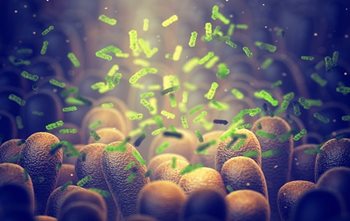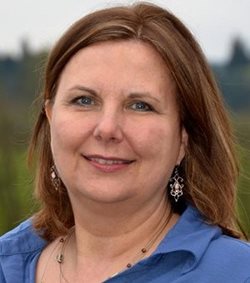
Probiotics
Probiotics have been receiving a lot of attention recently. Probiotics (pro- meaning “good” and biotic- meaning “living”) were discovered by Russian scientist and Nobel Prize winner, Elie Metchnikoff of the Pasteur Institute in Paris.
In 1907, working in Bulgaria, Metchnikoff was intrigued as to why certain inhabitants of the Bulgarian population lived much longer than others. Discovering that villagers living in the Caucasus Mountains were drinking a fermented yogurt drink on a daily basis, his studies found that a probiotic called Lactobacillus bulgaricus improved their health and may have helped the longevity of their lives. His research prompted him and others to look further into probiotics, leading scientists to discover many types of probiotics such as Lactobacillus acidophilus, Saccharomyces boulardii, and Bifidobacterium infantis; all of which have various properties and can have different effects on the body. From treatment of diarrhea to candida overgrowth to irritable bowel and Crohns disease to research on how probiotics are intimately connected with mental health and cancer, probiotics are finally in the limelight. As more and more has been discovered about probiotics and their amazing health benefits, this microbe is a powerhouse of health giving properties.
Questions? Check out our FAQs page and How Online IV Certification Works!
Objectives
Upon completion of the course, the participant should be able to:
- Identify 3 different types of bacteria and yeast labelled as “probiotics.”
- List 3 research based health benefits of using probiotics.
- Define the term prebiotics.
- Discuss what fermented foods are and how they contribute to overall health of the individual.
Curriculum
Chapter 1: What Are Probiotics and What Do They Do?
- Definition of probiotics
- How are probiotics measured
- Types of probiotics and health benefits, and how to use them
- Cautions in probiotic use
- What are prebiotics?
- A list of some of the foods highest in prebiotics
- Definition of gut dysbiosis
- Causes of gut dysbiosis
- Gut dysbiosis tests
- Methane and hydrogen breath test
- Comprehensive Digestive Stool Analysis/Parasitology (CDSA/P)
- Treatment for gut dysbiosis
Chapter 5: Making Probiotics at Home
- Beet kvass
- Kefir
- Kombucha
- Sauerkraut
- Rejuvelac
- Crockpot yogurt
- Human Microbiome project
- California Bill 241
- Implicit Bias in Healthcare
- What is Implicit Bias?
- Implications of Implicit Bias in Healthcare
- How to Reduce Implicit Bias
Price: $18.00
Contact Hours: 1.5

Course Author

Brooke Lounsbury
Brooke Lounsbury, RN, has over 26 years of experience as a nurse. Her primary field was in Home Health and Hospice until leaving mainstream nursing in 2008 to teach holistic health classes devoted to helping people empower themselves through education, public speaking engagements, classes, and coaching -online and in person. Topics include digestive health, fermentation, sleep hygiene, and the effects of our technology (computers, wifi, cellphones, etc) on our health and traveled to Austria to receive further training and is an EMF consultant and home assessment mitigation expert.
Her latest project is her "Intro to Writing CE", a course to empower nurses on how to write a continuing education course!
She is available for writing course consultations, and can be reached at basicsrn@gmail.com.
Course Accreditation
See our Accreditation Statements page to view our accreditation information.